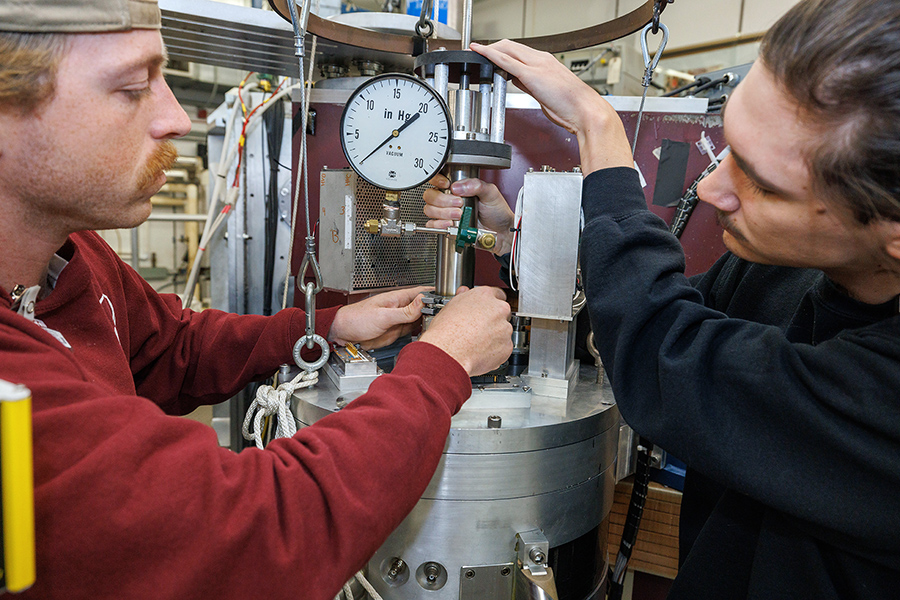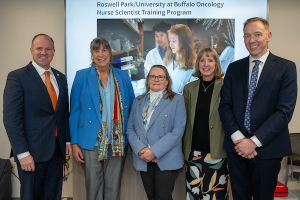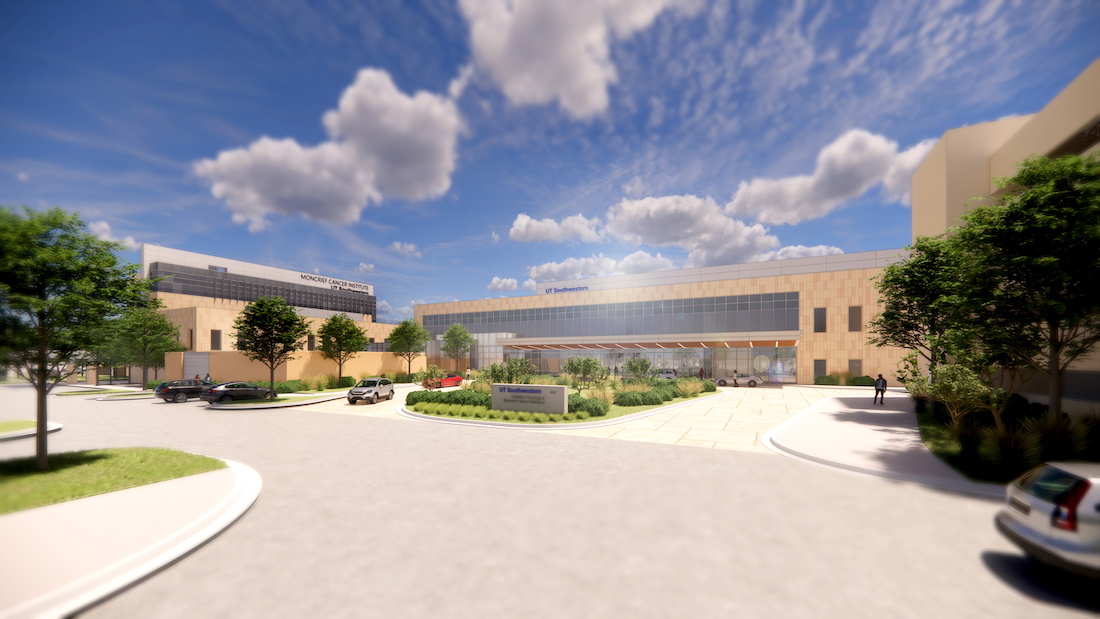That changed in late March when, over just one day, nine patients tested positive and six required extended stays.
“It marked a sudden departure from where we had been,” says Brad Uren, M.D., a physician at Michigan Medicine’s Department of Emergency Medicine. “Now we need to get this under control because this does have the potential to overwhelm the health care system.”
For many, including Uren, that sentiment brings on a sense of déjà vu. It’s the same call to action that helped prevent a destructive surge in spring 2020. But this time, many of the restrictions on dining and gathering that existed last year are gone.
“People were staying home, people were isolating and masking, we were distanced,” Uren says. “Now, we aren’t as diligent, and there’s another COVID surge on top of the regular volume we see in the emergency department from normal activity. And the combination of the two is escalating.”
This third wave of COVID-19 is hitting Michigan harder than most. The state currently boasts the nation’s highest seven-day case rate, and hospitalizations are spiking. At the hospital in Ann Arbor, Uren says, beds are filling up quickly.
“We are used to operating in challenging times,” he says. “But we are working close to the edge of the envelope of what many of us would consider anything normal right now.”
Michigan Medicine is one of many hospitals in the state with emergency departments bearing the weight of rising cases. Four hospitals in Henry Ford Health System are operating at over 80 percent bed capacity along with six Beaumont Health hospitals, according to state coronavirus data from April 12.
COVID cases rise, but age of patients drops
The COVID patients in Michigan Medicine’s emergency room are also getting younger. That is, in part, due to vaccination being prioritized for older people, Uren says.
“These are people in their 20s, 30s, 40s and 50s who were not first in line for the vaccine,” he says. “They’re also the people that are generally more mobile, the ones that are out there working and in contact with other people.”
The surge is also bleeding into the hospital’s pediatric population. Children’s Emergency Services is currently experiencing a 10-20% bump in patient volume due to COVID.
While most pediatric cases aren’t severe, some children with preexisting conditions are being admitted, says Prashant Mahajan, M.D., M.P.H., MBA, the Department of Emergency Medicine’s vice chair and section chief of pediatric emergency at Michigan Medicine C.S. Mott Children’s Hospital.
“We’re seeing a rise in pediatric COVID, many in the young adolescent age group, possibly driven by transmission due to school-based athletic sports,” Mahajan says.
New B.1.1.7 variant suspected in case spike
Positive tests at the emergency room don’t indicate the strain of COVID-19; that process requires genomic sequencing. However, both Uren and Mahajan suspect the more contagious B.1.1.7 variant is spreading and contributing to rising cases among younger people.
The variant, first identified in the U.K., is now the dominant strain in the U.S., according to Centers for Disease Control Director Rochelle Walensky, who spoke at the White House press briefing April 7.
“We know the variants are active here in Michigan, and infections do seem to be spreading more easily among families, especially the children,” Uren says. “That wasn’t necessarily happening a year ago.”
The toll
During the stay-at-home order last spring, many people worried about contracting COVID did not visit emergency rooms, avoiding necessary medical care. Uren says that experience may lead people to believe health care workers are “crying wolf” during this spike.
“We are not,” he says. “Last year, the public just engaged far better in mitigation than most modelers imagined. We worked together. People don’t seem to be willing to take the same measures to reduce the spread a year later.”
Staying on the current path will not only result in more cases of COVID, it will potentially lead to more cases of multisystem inflammatory syndrome, or MIS-C, in children, Mahajan says. The rare condition can affect the heart, lungs and brain.
“We have not seen a lot of those children, but that is something that we should anticipate happening,” he says. “The other thing that is really an unknown is what proportion of children end up having long-term effects of the virus, which is now increasingly recognized in adults with COVID.”
The rising vaccination numbers paint a promising picture. But after three waves – packed emergency rooms, contingency planning and watching patients die in isolation – Uren says the strain is starting to show.
“I’m seeing that daily in the faces of my coworkers,” he says. “We’re working as a team, and I’m so proud of them for sticking with this for so long, but it weighs on people.”
Again, they’re asking for help. For people to get the vaccine, stay in their bubbles and follow safety guidelines like masking and social distancing. To keep the goal post from moving again.
“To get to a point where we have things under control, we’re going to need more time employing these effective strategies to mitigate the virus until we reach some kind of herd immunity,” Uren says. “I’m concerned that vaccine hesitancy will slow us down and keep causing us problems even after a time where vaccines could get us back to normal. We are ready to be done with the virus. It’s not done with us yet.”



